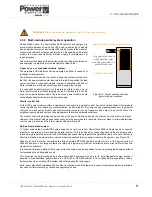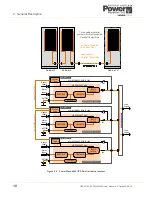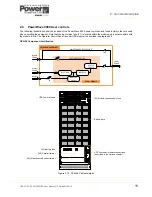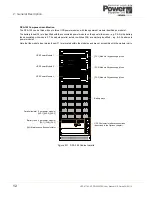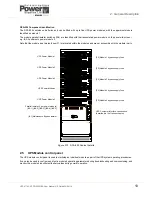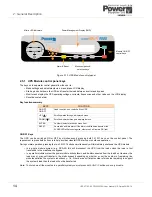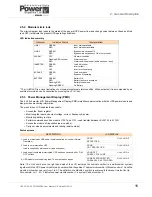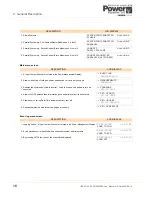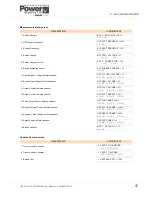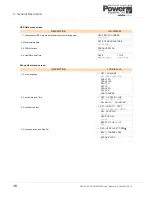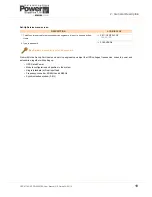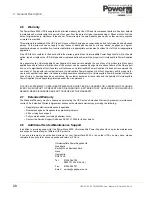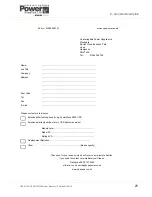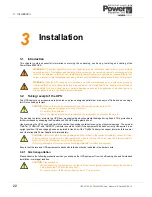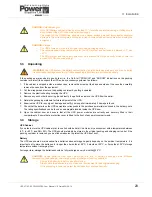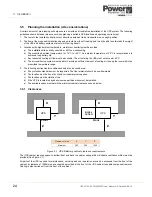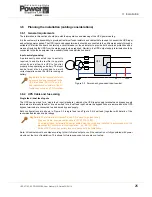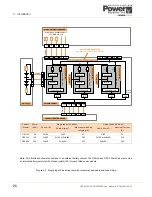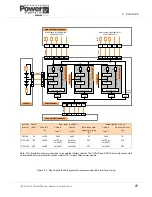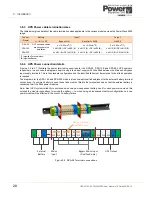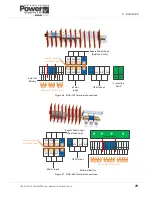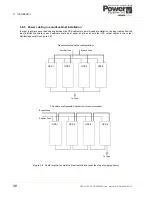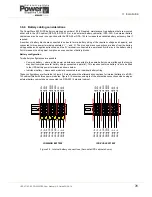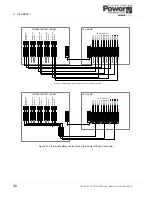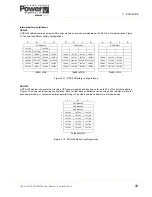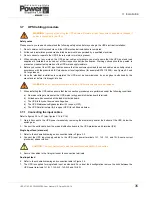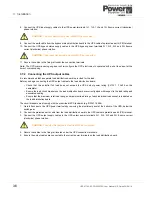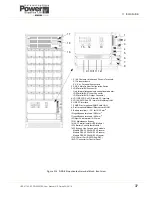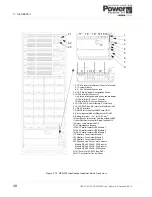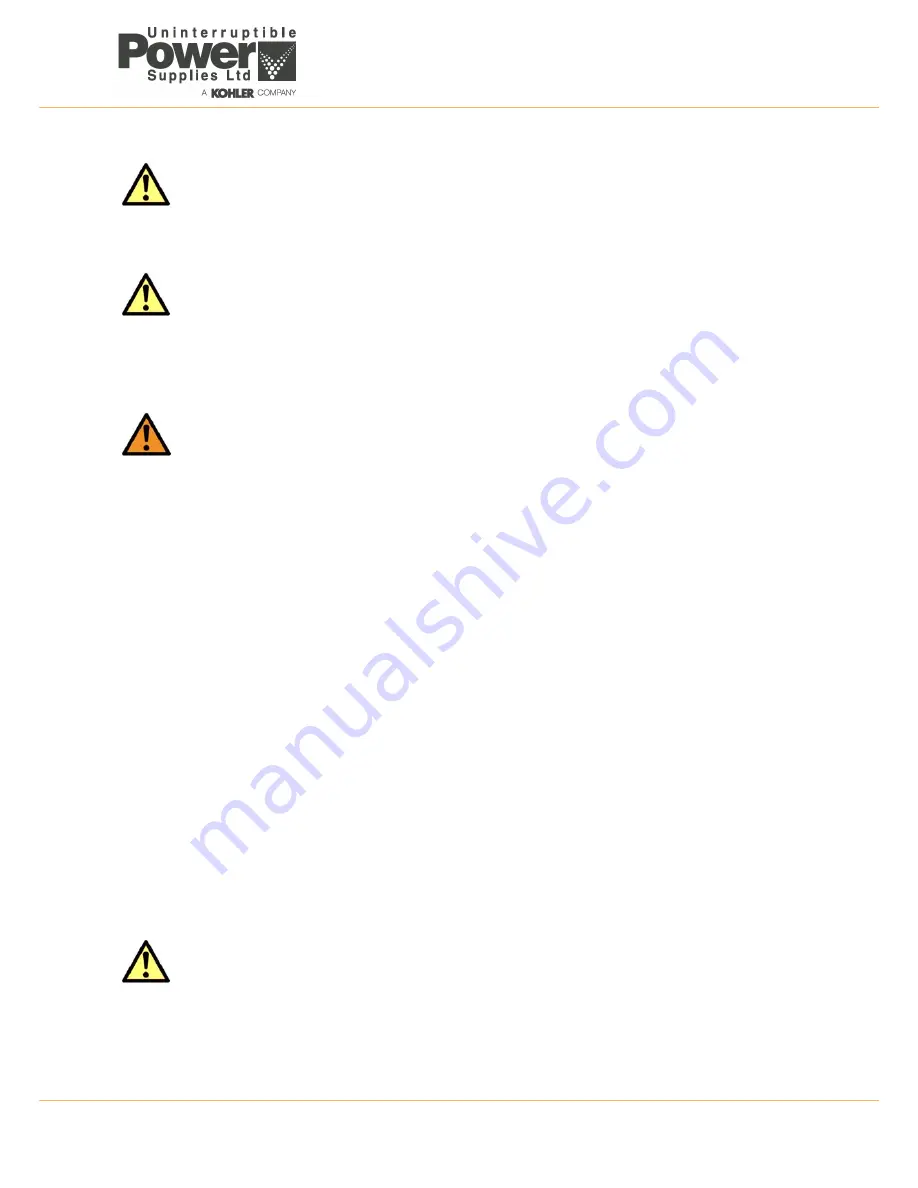
UPS471-02-00 PW9000DPA User Manual UK Dated 06/08/14
23
3: Installation
3.3
Unpacking
If the packages are received in good order (i.e. the ‘tip & tell’ “FRAGILE” and “ARROW” indications on the packing
container are intact) then unpack the UPS and any accessory equipment as follows:
1. If the cabinet is shipped inside a wooden case, remove the screws at the base and sides of the case then carefully
remove the case from the equipment.
2. Cut the wrappers and remove the packing container by pulling it upwards.
3. Remove the plastic sheeting covering the UPS.
4. Remove any anchor bolts securing the cabinet to the pallet then remove the UPS from the pallet.
5. Retain the packaging materials for future shipment of the UPS.
6. Examine the UPS for any sign of damage and notify your supplier immediately if damage is found.
7. Check that the details on the UPS nameplate corresponds to the purchased material mentioned in the delivery note.
The rating specifications can be found on a nameplate located inside the UPS door.
8. Open the cabinet door and ensure that all the UPS power modules are correctly and securely fitted in their
compartments. Ensure that a protection cover is fitted to the front of any empty compartments.
3.4
Storage
UPS Cabinet
If you plan to store the UPS cabinet prior to use it should be held it in a clean, dry environment with a temperature between
-5°C to +40°C and RH <90%. The UPS should preferably be stored in the original packing and shipping carton, but if the
packing container is removed you must take measures to protect the UPS from dust.
Battery
The UPS uses sealed, maintenance-free batteries whose storage capacity depends on the ambient temperature. It is
important not to store the batteries for longer than 6 months at 20°C, 3 months at 30°C, or 2 months at 35°C storage
temperature without recharging them.
For longer term storage the batteries should be fully recharged every 6 months @20°C.
CAUTION: Potential dangers:
•
If the UPS/battery cabinet is tilted by more than 10° it could cause internal damage. If tilting occurs
do not connect the UPS to the mains electrical supply.
•
The weight of the UPS/battery equipment can cause serious personal injury and/or structural
damage to the surrounding area if dropped in transit. Always take extreme care when moving the
equipment.
CAUTION: Storage:
•
The UPS should be stored in the original packing and shipping carton.
•
The recommended storing temperature for the UPS system and batteries is b5°C and
+40°C.
•
The UPS system and the battery sets must be protected from high humidity which should not
exceed 90% RH (non-condensing).
WARNING:
The UPS system, the battery cabinet (option) and the batteries are heavy and may tip during
transportation causing serious injury if these unpacking instructions are not followed closely.
CAUTION: Sealed batteries must never be stored in a fully or partially discharged state. Extreme
temperature, under-charge, overcharge or over-discharge will destroy batteries!
•
Charge the battery both before and after storing.
•
Always store the batteries in a dry, clean, cool environment in their original packaging.
•
If the packaging is removed protect the batteries from dust and humidity.

